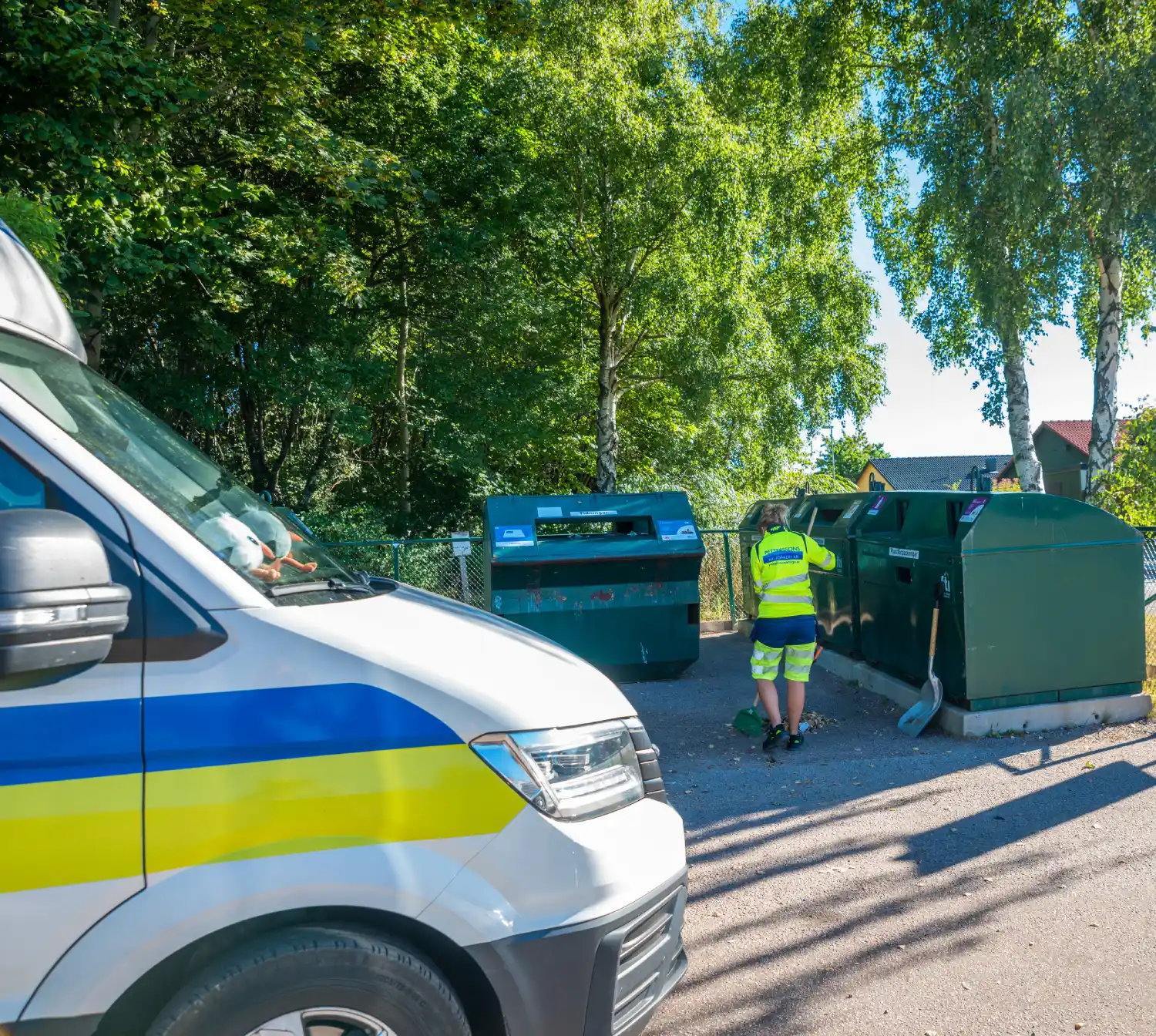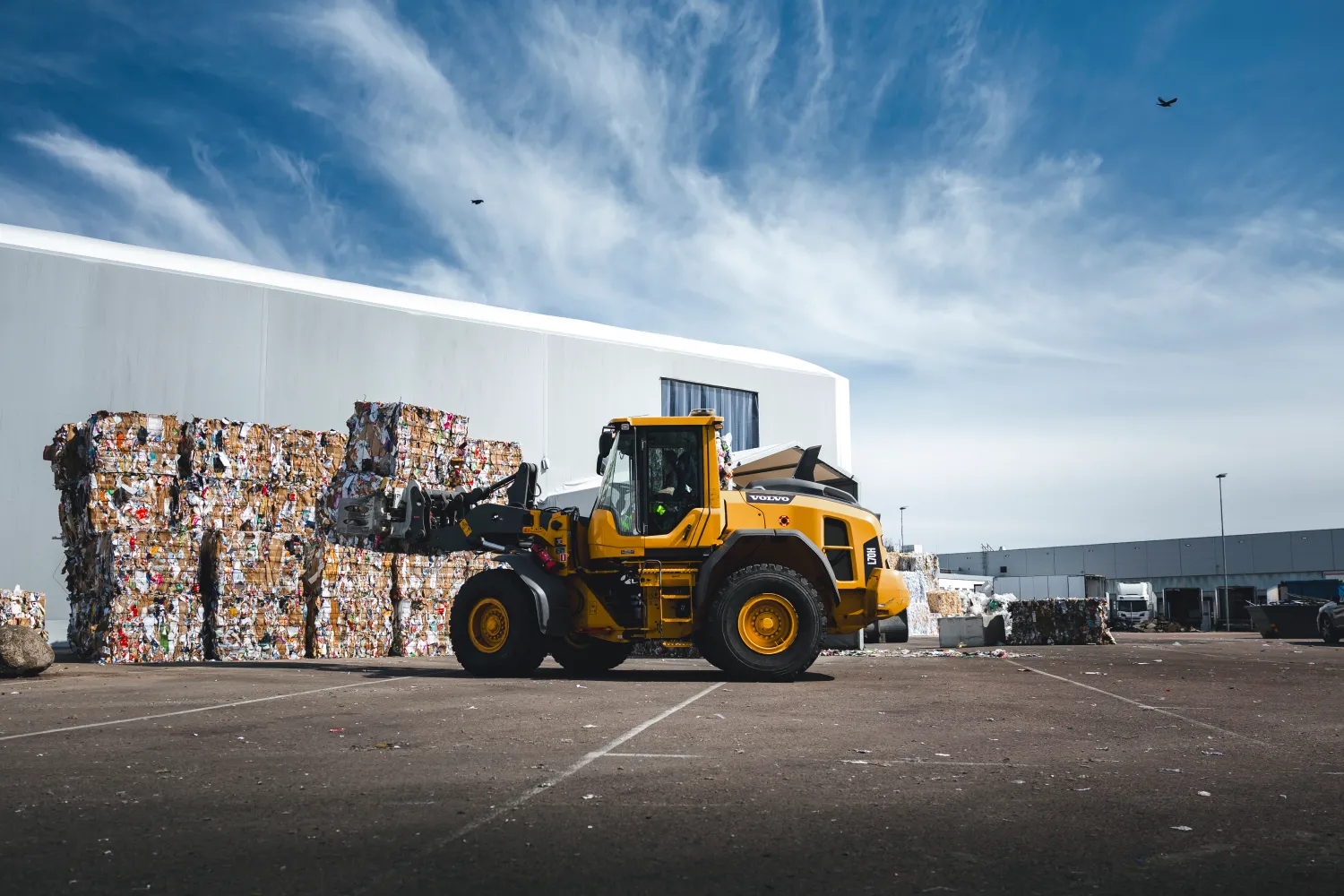Common Materials a Recycling Company Can Process for You
Common Materials a Recycling Company Can Process for You
Blog Article
Recycling represents an essential role in environmental sustainability, and understanding the method behind it may reveal how fresh materials are shown a fresh life. Recycling Company (Återvinning Företag) follow a structured workflow to make certain waste components are effectively converted in to reusable products. This technique not just reduces the strain on natural sources but additionally reduces environmental pollution. Here's a detailed look at how a recycling process unfolds—from variety to repurposing.
Step 1: Collection and Sorting
The first faltering step in recycling could be the number of recyclable waste. Residential, industrial, and commercial places lead to this flow of materials. Waste is usually obtained through curbside programs, drop-off centers, or bulk collection systems. Once gathered, the resources are moved to a recycling facility for sorting.

At the service, innovative organizing techniques are accustomed to split up components like paper, materials, materials, and glass. Manual work is frequently coupled with sophisticated engineering, such as for instance infra-red scanners and magnets, to improve organizing accuracy. A well-executed sorting process guarantees correct categorization, which is really a critical part of maintaining substance purity.
Step 2: Cleaning and Preparation
After sorted, materials must be cleaned to eliminate pollutants like food residue, dirt, or labels. As an example, materials are washed totally before being shredded in to smaller parts, while metals are stripped of impurities. Washing assures the recycled product retains their integrity and can effortlessly function as natural material in manufacturing.
Certain forms of materials also undergo preliminary running to make them suited to recycling. For instance, report items are pulped and de-inked to prepare them for delete as fresh report products.
Step 3: Processing and Transformation
Following cleaning, materials are prepared and prepared for repurposing. Parts might be dissolved down and reshaped in to pellets, materials are smelted in to bars or sheets, and glass is crushed into cullets for recycle in new glass products. Only at that stage, components are developed in to a standardized variety that serves as a basis for manufacturing new items.

Step 4: Repurposing into New Products
Finally, the prepared components can be bought to producers who turn them in to new products. Recycled pockets may become outside furniture or clothing, while materials may be constructed in to structure materials or new appliances. Applying recycled components ensures a closed-loop system, reducing the requirement for virgin resources.
The recycling process is vital in strengthening round economies and selling sustainability. By following these intricate steps, recycling organizations breathe new life in to materials that will usually subscribe to landfills. Knowledge that workflow may motivate people and organizations likewise to prioritize recycling and make conscious possibilities regarding waste. Report this page